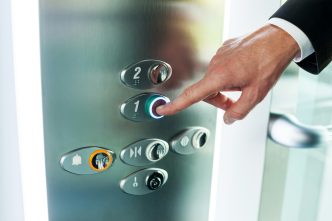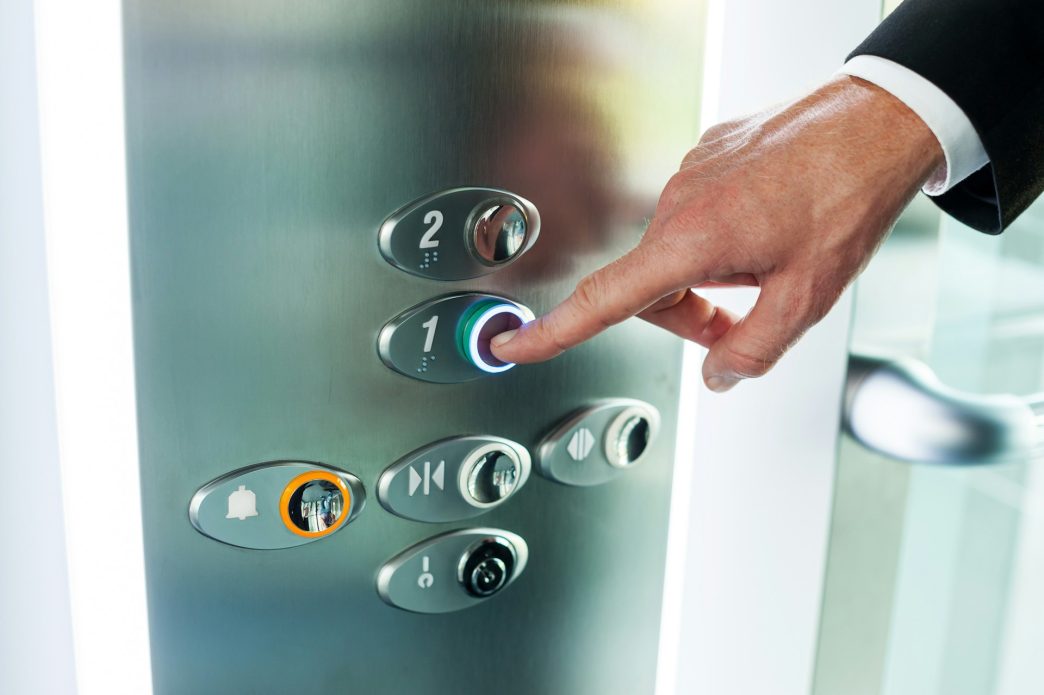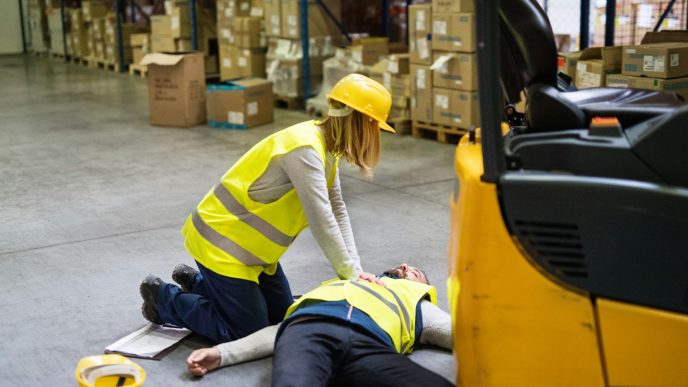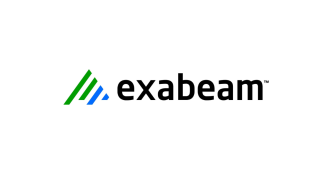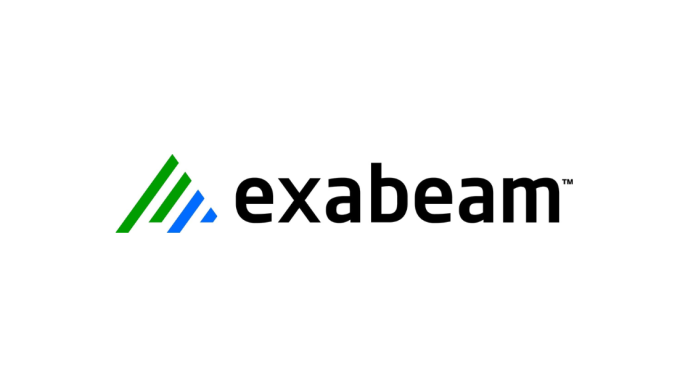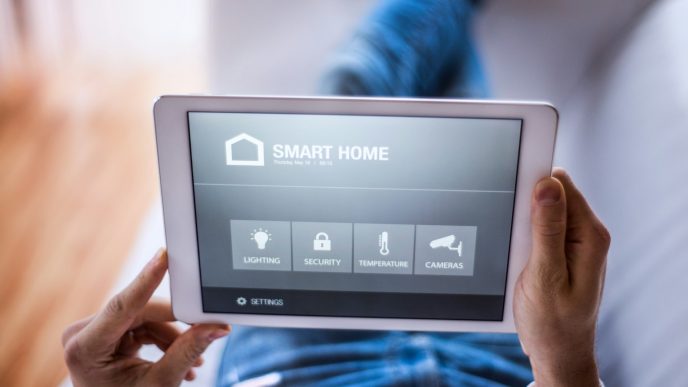As of 21st February 2025, new rules under BS EN 81-28:2022 have officially come into effect. These changes are not minor technical tweaks; they introduce significant updates to how lift emergency communication systems are tested, monitored, and backed up. For building owners, facilities managers, and anyone responsible for passenger, goods, or platform lifts, compliance is now a critical issue.
The updates to BS EN 81-28 are designed to reflect both advances in technology and the wider context of the UK’s Digital Switchover — the process of phasing out traditional analogue phone lines. Originally due for completion by the end of 2025, the switchover deadline has now been extended to 2027 in some areas, although many local exchanges are already beginning to withdraw analogue services. This creates a narrow window for compliance and futureproofing.
What Is BS EN 81-28 and Why Does It Matter?
BS EN 81-28 is the European and British standard that governs remote alarm communication for lifts. It sets the minimum requirements for:
- The reliability of emergency calls made from lift auto-diallers.
- How regular test calls are performed and monitored.
- Backup power provisions to ensure communication even during outages.
- Fault reporting and system monitoring.
The standard ensures that anyone trapped in a lift can always make contact with an emergency centre, even in the event of a power cut or network disruption. It applies across passenger lifts, goods lifts, and platform lifts, forming a cornerstone of modern lift safety.
The Major Changes Introduced in 2025
The 2025 updates to BS EN 81-28:2022 bring in two key changes that directly affect how lift emergency systems must operate:
- Three-Day Test Must Mirror the Actual Alarm Method
Lifts are required to carry out an automatic test call every 72 hours. Previously, some systems used shortcuts such as SMS or alternative pathways. Under the new rules, this is no longer acceptable. The test call must replicate the actual method used in a real emergency — whether GSM, VoIP, or IP — ensuring full system reliability.
- Battery Backup for All Components
Until now, most requirements focused on providing backup power for the auto-dialler itself. The 2025 updates extend this to include any connected devices, such as GSM gateways or IP terminals. Both must have monitored battery backup to guarantee that emergency calls remain possible during power outages.
Additional clarifications tighten requirements around monitoring, verification, and reporting, closing gaps that previously allowed non-compliant practices to continue.
How Different Lifts Are Affected
The impact of the updated standard is broad:
- Passenger Lifts: The most widespread installations, where compliance is vital to protect users.
- Goods and Service Lifts: Emergency communication standards apply equally, ensuring staff or contractors are not put at risk.
- Platform and Accessible Lifts: Systems serving users with disabilities face increased scrutiny, as reliable communication is critical for both accessibility and safety.
- Older Systems: Older lifts and retrofits are most likely to require upgrades. In some cases, simple retrofits may be sufficient; in others, complete replacement of outdated systems may be necessary.
Digital Switchover + BS EN 81-28: A Combined Challenge
The updates to BS EN 81-28 coincide with the UK’s Digital Switchover. While the final deadline has been extended to 2027, the transition is already underway in some areas, with analogue lines being withdrawn ahead of schedule.
This means that lifts relying on analogue auto-diallers face a dual challenge. Not only do they risk becoming inoperable when local exchanges switch to digital, but they may also fail to meet the new 2025 standard if they lack compliant testing protocols or adequate battery backup.
The overlap of these timelines makes preparation a matter of urgency. Relying on analogue systems is no longer sustainable, and retrofitting or replacing with compliant digital, GSM, or IP-based solutions is essential.
What Lift Owners and Managers Should Do
The message for those responsible for lifts is clear: action is required now to ensure compliance and maintain safety. Key steps include:
- Audit your systems: Identify whether your lift’s emergency communication still relies on PSTN or outdated methods.
- Verify test procedures: Ensure that your three-day test accurately replicates the actual emergency alarm pathway.
- Review power backup: Ensure both the auto-dialler and any GSM/IP devices have monitored battery support.
- Plan and schedule upgrades: Retrofit digital solutions or replace obsolete equipment to align with BS EN 81-28:2022.
- Engage experienced providers: Collaborate with lift communication specialists, such as Ikonic Lifts, to design and implement compliant, future-proof systems.
Compliance Is Now Active
The BS EN 81-28:2022 updates are active as of February 2025, and the UK’s digital switchover — already underway and set to complete by 2027 — adds further urgency. Together, they mark a fundamental shift in how lift emergency communication systems must be managed.
For building owners and facilities managers, the stakes are high—non-compliance risks, service interruptions, regulatory exposure, and above all, passenger safety. Early action provides the opportunity to stay ahead of deadlines, avoid disruption, and ensure that lift users remain protected.
The safest and most responsible course is to act now: audit, upgrade, and secure compliance well before the analogue network finally disappears.
